Sculptural Ocorrences
Enrico Gaido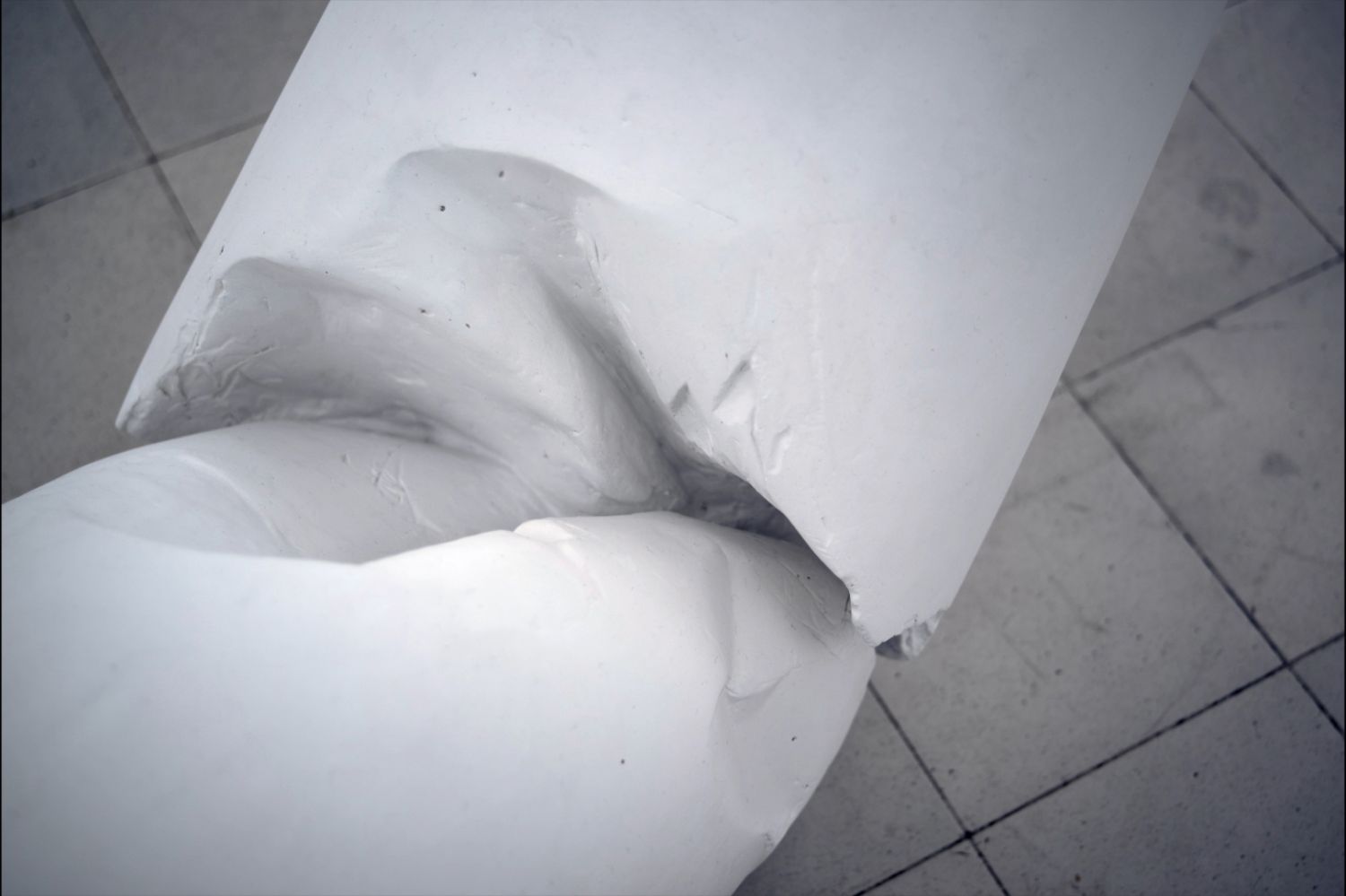

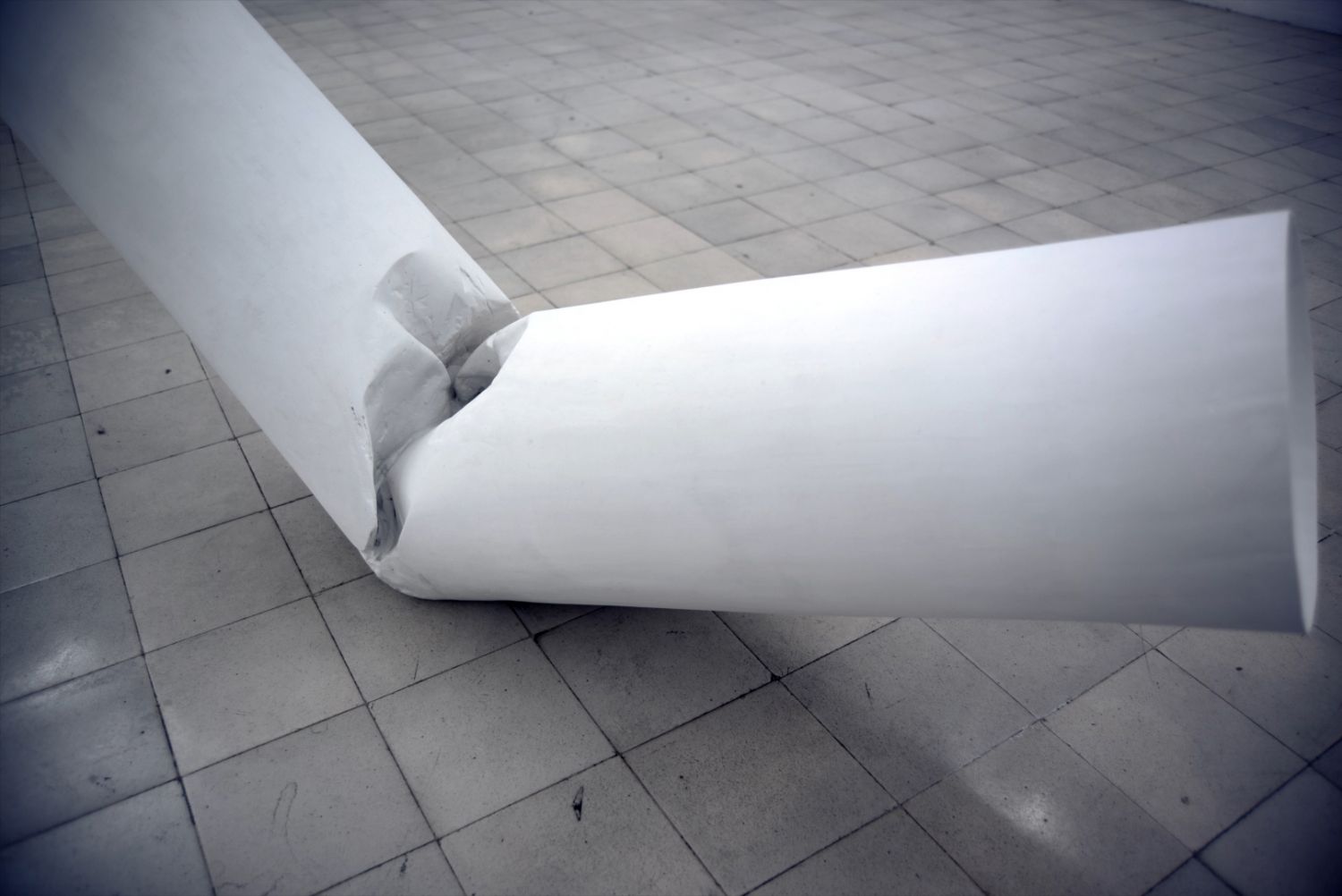
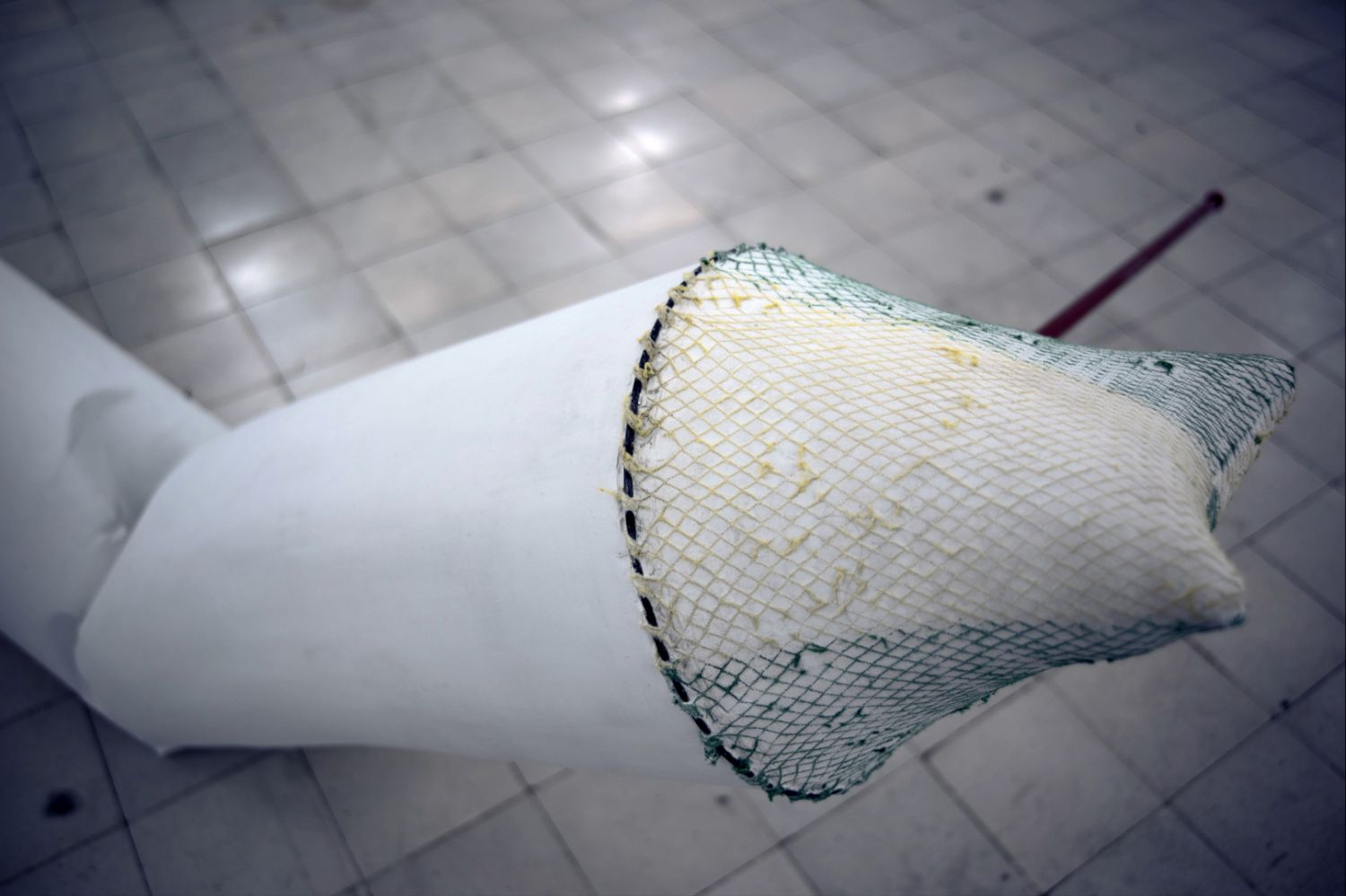
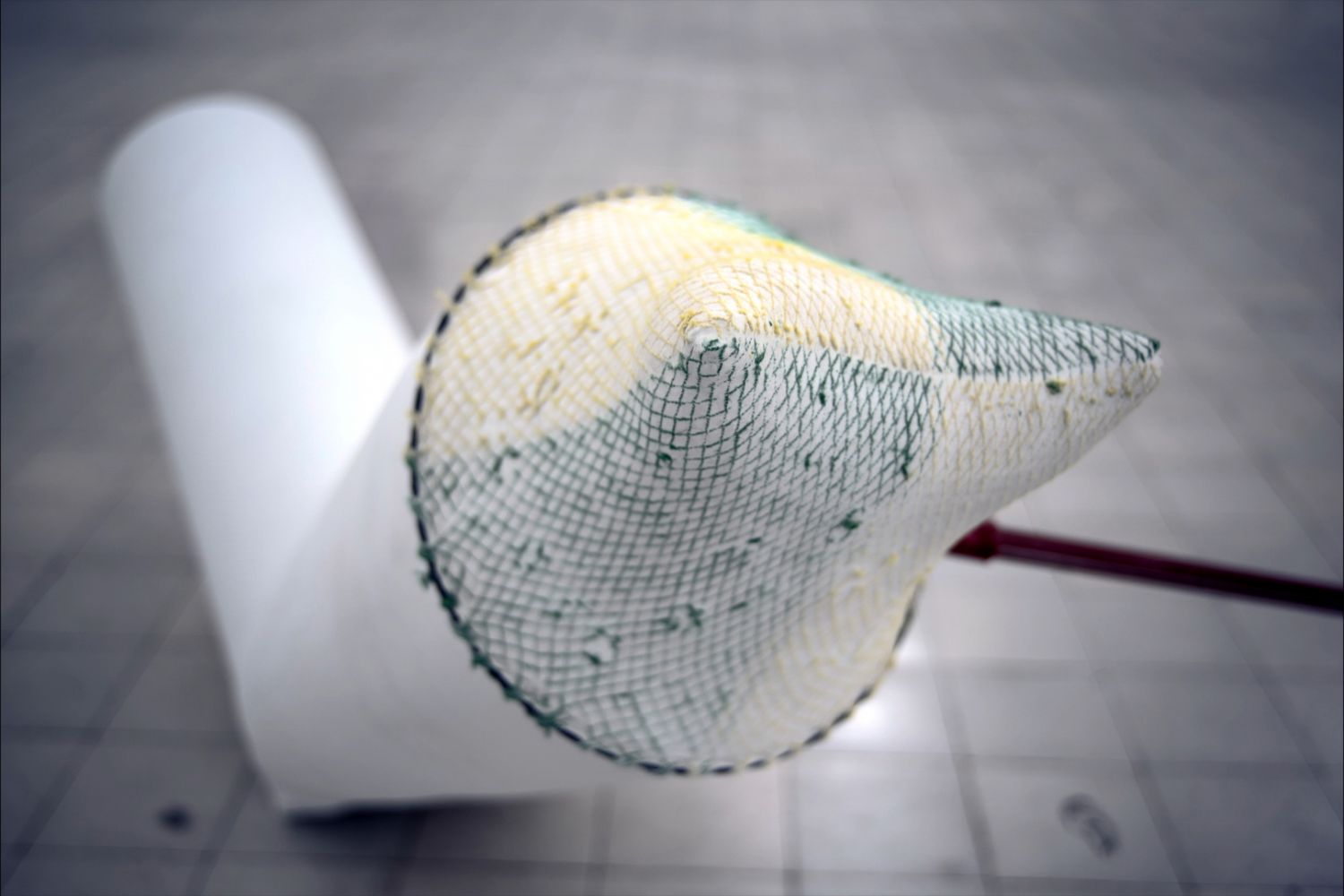
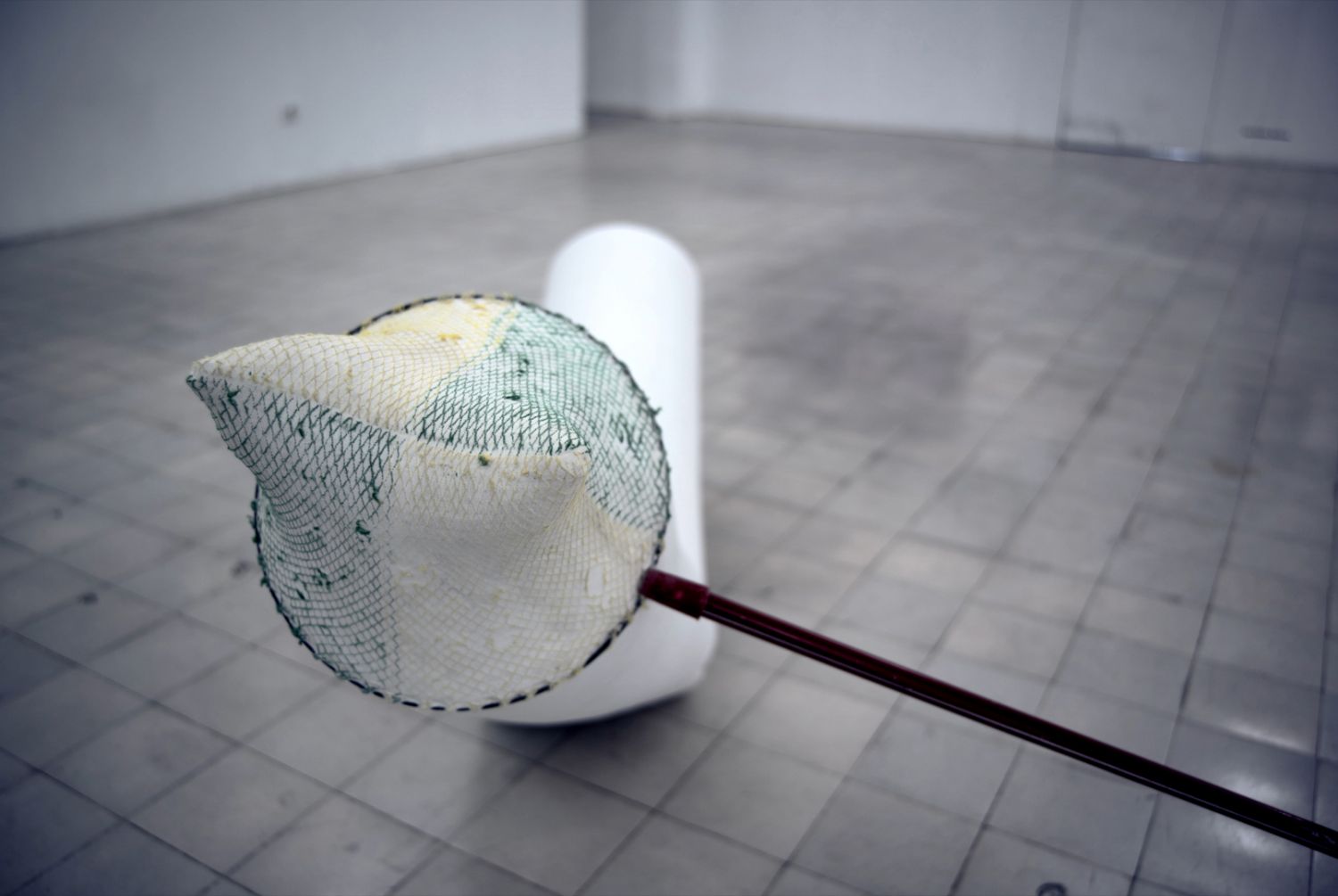
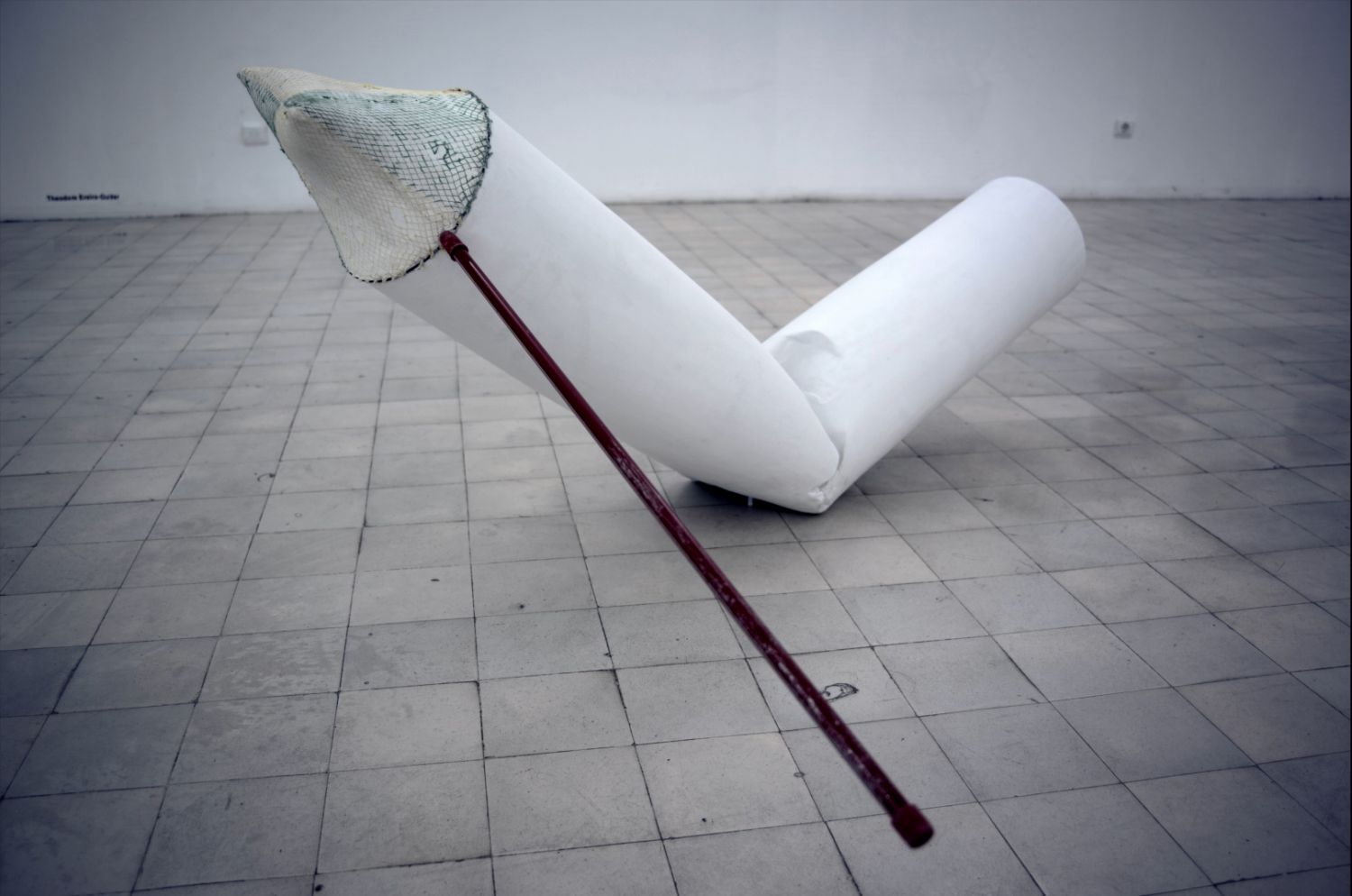
VOLUME AND MOVEMENT - A volume is the space that a body occupies. Or rather, the volume of a body is the measurement of the space it occupies.
If this specific body consists of a section (for example a circle) that remains constant along a certain direction (for example vertical), its volume will be calculated simply by multiplying the value of the base area A by its height h (A⋅h).
If, on the other hand, the solid has a more complex shape, for example with a non-constant cross-section, but one which varies in shape or dimension, the calculation of its volume will also be more complex, but it can also be reduced to the sum of several areas along a line that defines the ‘path’ of the body in space.
In this case to calculate the volume we will use the integral function: ∫ A (h) dh, where A (h) is a cross-section, perpendicular to h (path), which varies according to its position along h.
The symbol of the integral (∫), introduced by Leibniz at the end of the seventeenth century, is nothing but a derivation of the character ſ (long s), a letter that Leibniz used as the initial of the word summa (ſumma), in Latin, sum, since he considered the integral as an infinite sum of infinitesimal addends.
It can therefore be concluded that a way to think about the volume of a body, from the simplest to the most complex, is to follow the movement and transformation of its sections along a line (or path) that best represents and synthesizes its presence, its progression or posture, or more simply its form, in space[1].
VOLUME AND VELOCITY - Movement in space. It is instinctive and mathematically inevitable to think about the concept of velocity, or acceleration. But so far, in our analysis, velocity and acceleration have had no importance or relevance. This is not because we are talking about volume, a physical property that has little to do with velocity, but rather because we are dealing with a static body for which the calculation, representation or construction of its volume has been brought back to the movement of an area along a path whose velocity or acceleration have no impact on the shape of the body itself.
But if we think of a body in motion, this will be easily demonstrable, even if not exactly according to strictly mathematical rules, but rather with intuitive and abstract ones, as volume and velocity can be perfectly interlaced. One has but to think of the Futurists.
It is no longer what the subject descriptively depicts to give a sense of movement (eg.a drawing or a sculpture of a man running), but the physical and visual impact of its movement in the space surrounding it that creates the movement itself. It’s the alteration of the volume in which the object moves that gives the sense and strength of the movement itself. It’s the space that surrounds the object, which compresses and expands, shifts and deforms under the effect of a mass, that disturbs its static nature with the force of its movement.
«No one can doubt that an object ends up where another begins and there is nothing that surrounds our body: bottle, car, house, tree, road, that does not cut it and not section it with an arabesque of curves and straight line»[2].
ABOUT TIME - Still for the Futurists, in the ‘dynamic’ construction of a painting or a sculpture, there was the will to transport the viewer into a timeless dimension. In fact, an unknown instant was represented, because it didn’t matter neither what preceded it nor what followed (as it does not interest to know the 'from where' and the 'towards where', neither the motivation nor the end, but rather the possibility of evoking them).
It is an instant that no longer respects a traditional time frame because it’s deep in the idea of ‘simultaneity’. It is the simultaneity of which Bergson spoke, Marinetti’s maître à penser: «Since there is perception, there is immediately, and without any measure, simultaneity of simple vision, not only between two events of the same field, but also between all the perceptive fields, all observers, all durations»[3]
Simultaneity does not mean the coexistence of various phenomena, but rather the consideration of the dynamics of several phenomena in relation to the same moment of inner time.
The idea of ‘duration’ is thus transformed into ‘flow’, because it can no longer be reduced to a single form of temporality, duration no longer has the same value for everybody as common time, but varies according to the point of view and, as the Futurists argued, according to the ‘state of mind’.
VOLUME AND PERFORMANCE - Let's take a step back to the more banal image of an area that moves in space. So far, we have talked (although not always in mathematically rigorous terms) of areas, sections or cross-sections, thinking, however, of planar elements. But more correctly we should talk about surfaces, as the reasoning made so far can be applied both to plane figures (such as sections) and to figures that, while remaining two-dimensional, are not flat but have their own development in three-dimensional space[4].
Just above we have argued that the volume of a static body can be considered as the visual representation of the movement and transformation of its section along a path that characterizes its presence in space.
This time we assume instead that it’s not a static body, but a body in movement, that is not a pre-existing or predefined body, but one that takes shape precisely in movement and that the velocity (even when constant) and the acceleration (or deceleration) of this movement may be relevant as it defines its dynamics.
In this way it will be possible to think of the idea of ‘performative act’ which generates a volume; a volume that will be dynamic and that, at the end of the action that generated it, will remain as a residual body, a testimony, documentation and residue of itself.
This is for example the performative act of an ‘abstract two-dimensional surface’ that moves with its own strength and dynamics in space, disturbing its static nature and capturing, delimiting or moving a portion of its volume. It will be precisely this portion of space that will materialize presenting itself as a residue of the act that has invested in it and modified it.
The movement of the generated surface is a movement with a duration that is not defined in temporal terms, but made explicit in its spatial dimensions of beginning and end (even when, in the case of a rotatory dynamic, the beginning and end coincide). What is in the middle, between the beginning and the end, is definitely something that materializes in a mass, but is not so much a body-object ‘in’ the space as a body-effect ‘on’ the space. It is the visual representation of the effect that movement has on the space in which it takes place. It is as if space, as movement goes through it, changes its state and density from gaseous or liquid to solid.
The relationship that this volume has with time does not possess a ‘timeless’ dimension, as for the Futurists it is rather a paradoxical time, because the action to which it refers has not yet taken place, and in actual fact, it will never take place. What materializes is therefore a theory, purely abstract, ideal and, indeed, paradoxical, like the nature of the very concept of surface from which the volume has taken shape: a three-dimensional entity without thickness.
What materializes is a three-dimensional entity with movement but without motivation and purpose.
Is an entity trivially endowed with only an occurrence.
Footnotes
- ^ The idea of associating a movement with the concept of volume of a solid is explicit in computer-aided design (CAD) where, to draw solids, even the most complex ones, techniques such as the 'extrusion' of a geometric form along a line, the 'revolution' of a section around an axis, the construction by 'successive sections' along a path, etc. are used. To build a solid body with CAD is to ‘physically’ put into motion an area in space.
- ^ Boccioni, Umberto. Manifesto tecnico della scultura futurista. Milano, 1912.
- ^ Vitale, Sergio. Sulla simultaneità. Milano: Guerini e Associati, 2011.
- ^ In mathematics, a surface is a geometric shape without thickness, having only two dimensions, which can be flat (like a plane) or curved (like the edge of a sphere or cylinder) and can be limited or unlimited, closed or open. Informally it’s an ‘ideal’ geometric object precisely because although belonging to a three-dimensional space it has no thickness, but just two dimensions. For this reason, the various mathematical definitions of surface are all enclosed in the notion of ‘abstract surface’.



